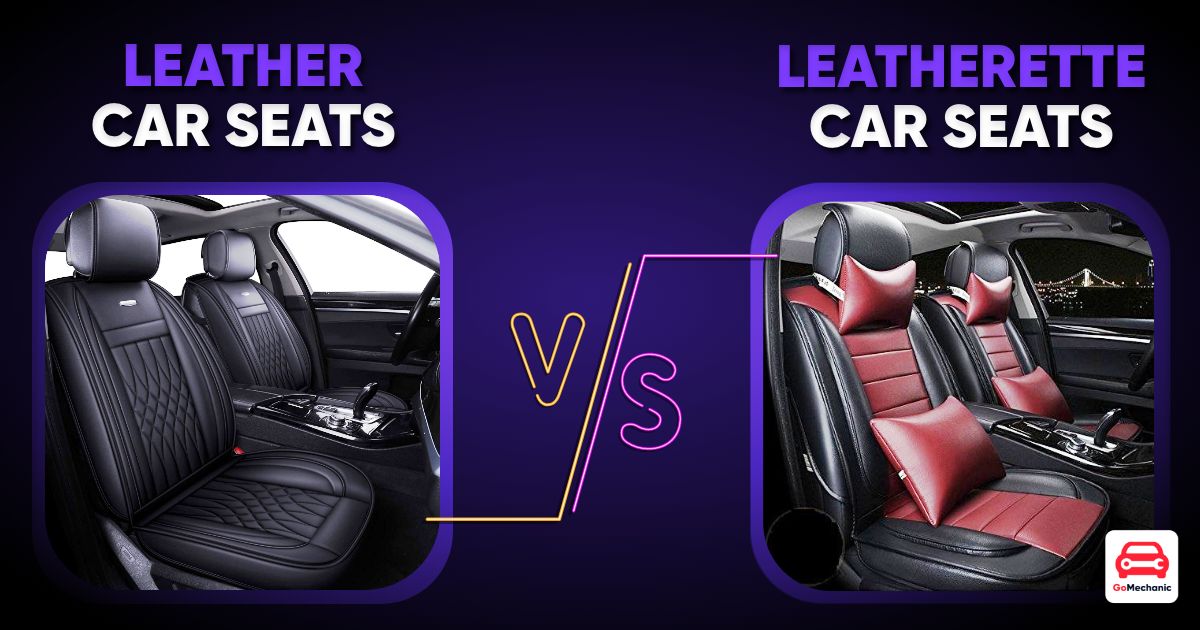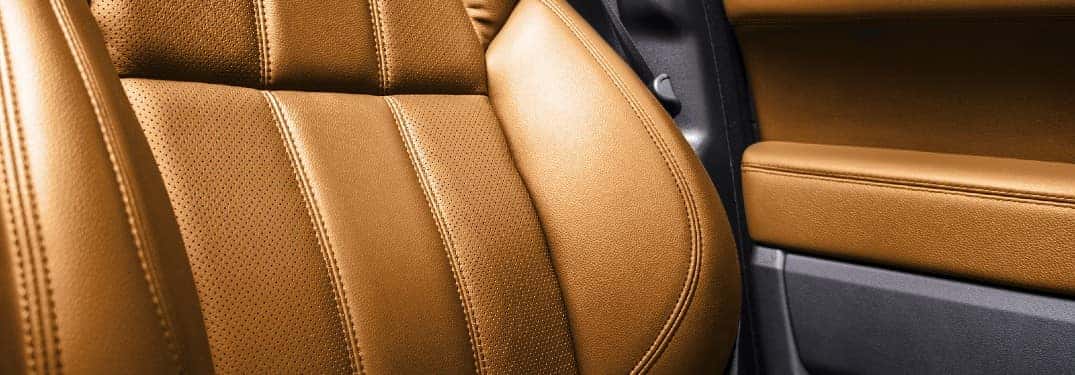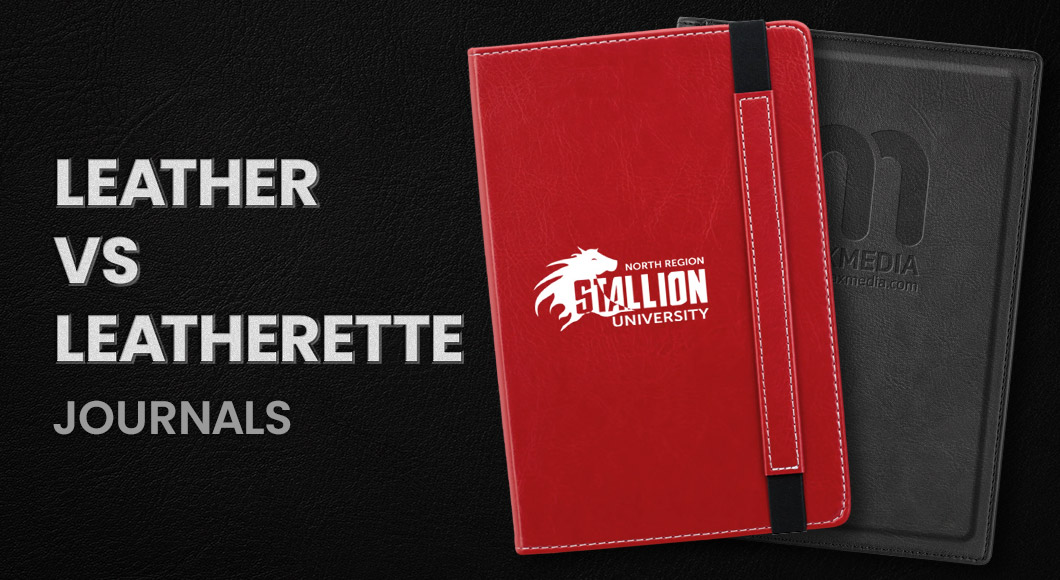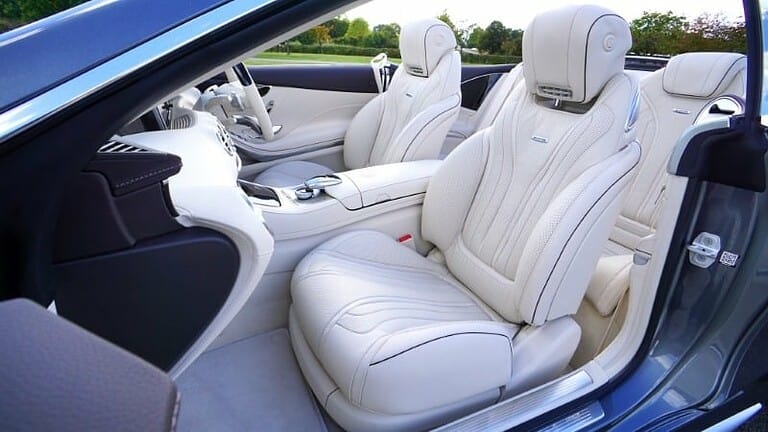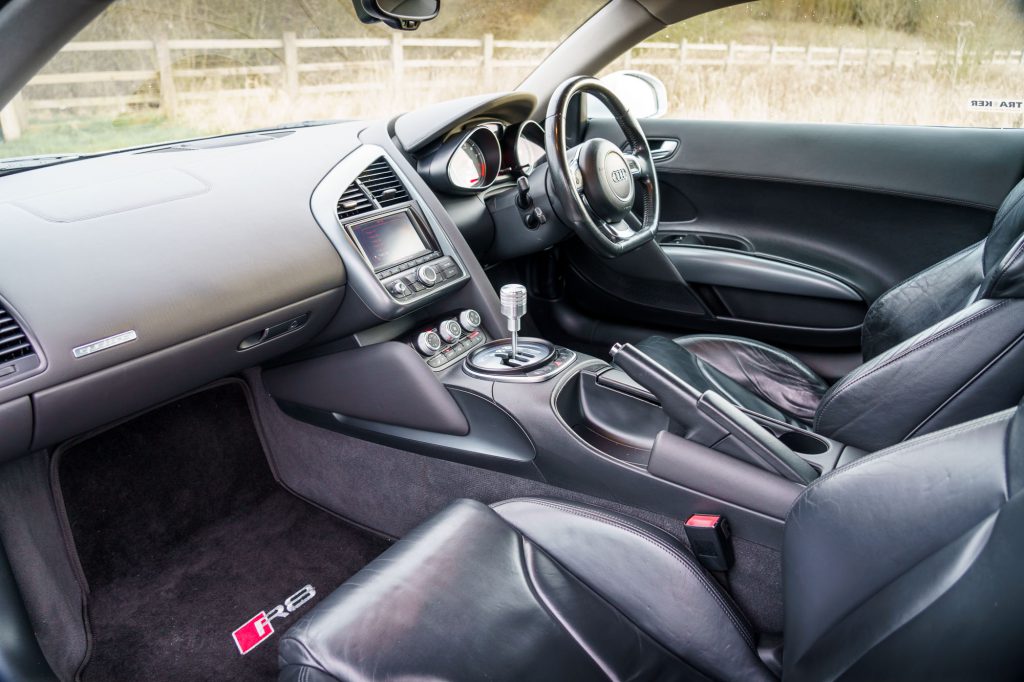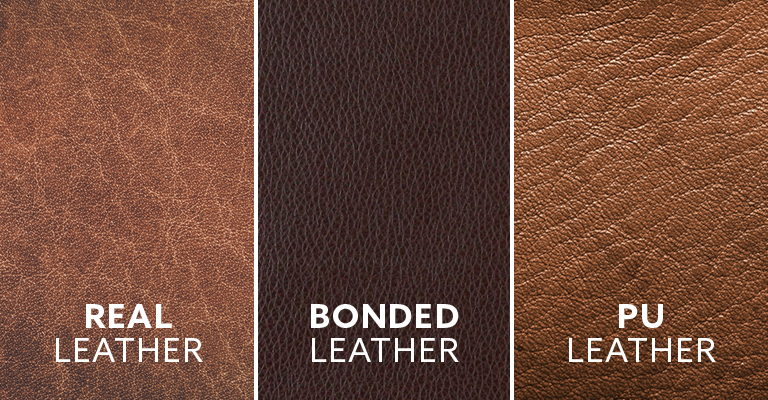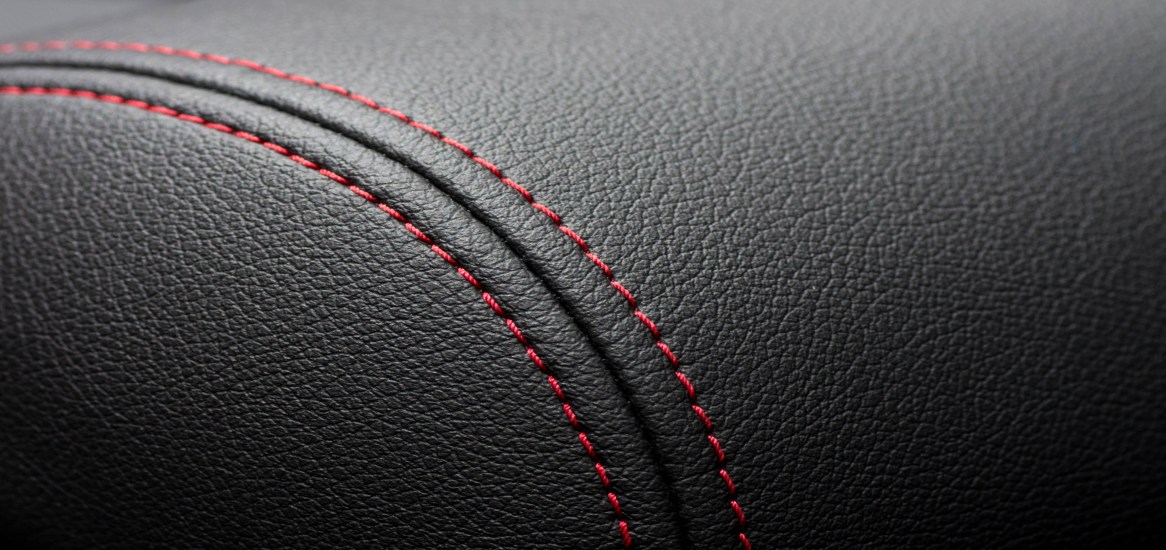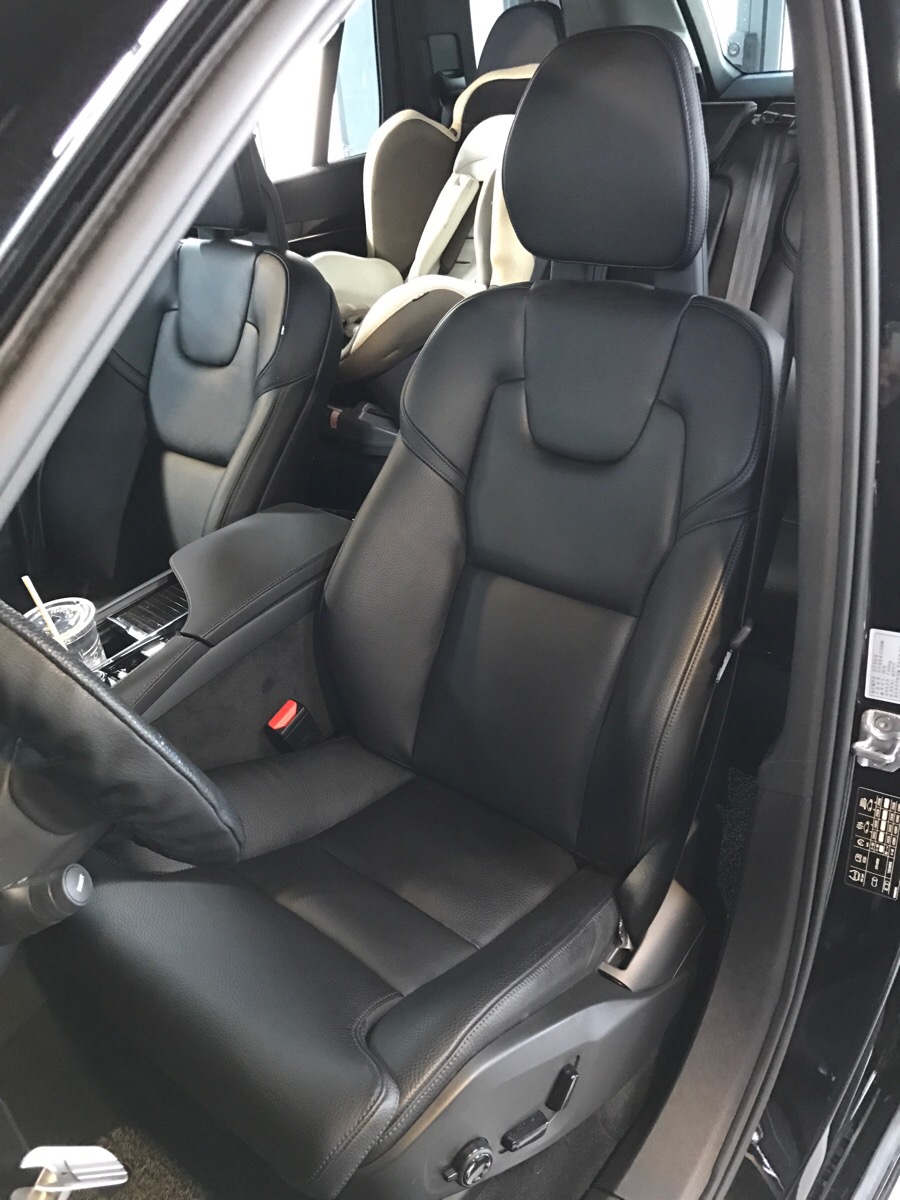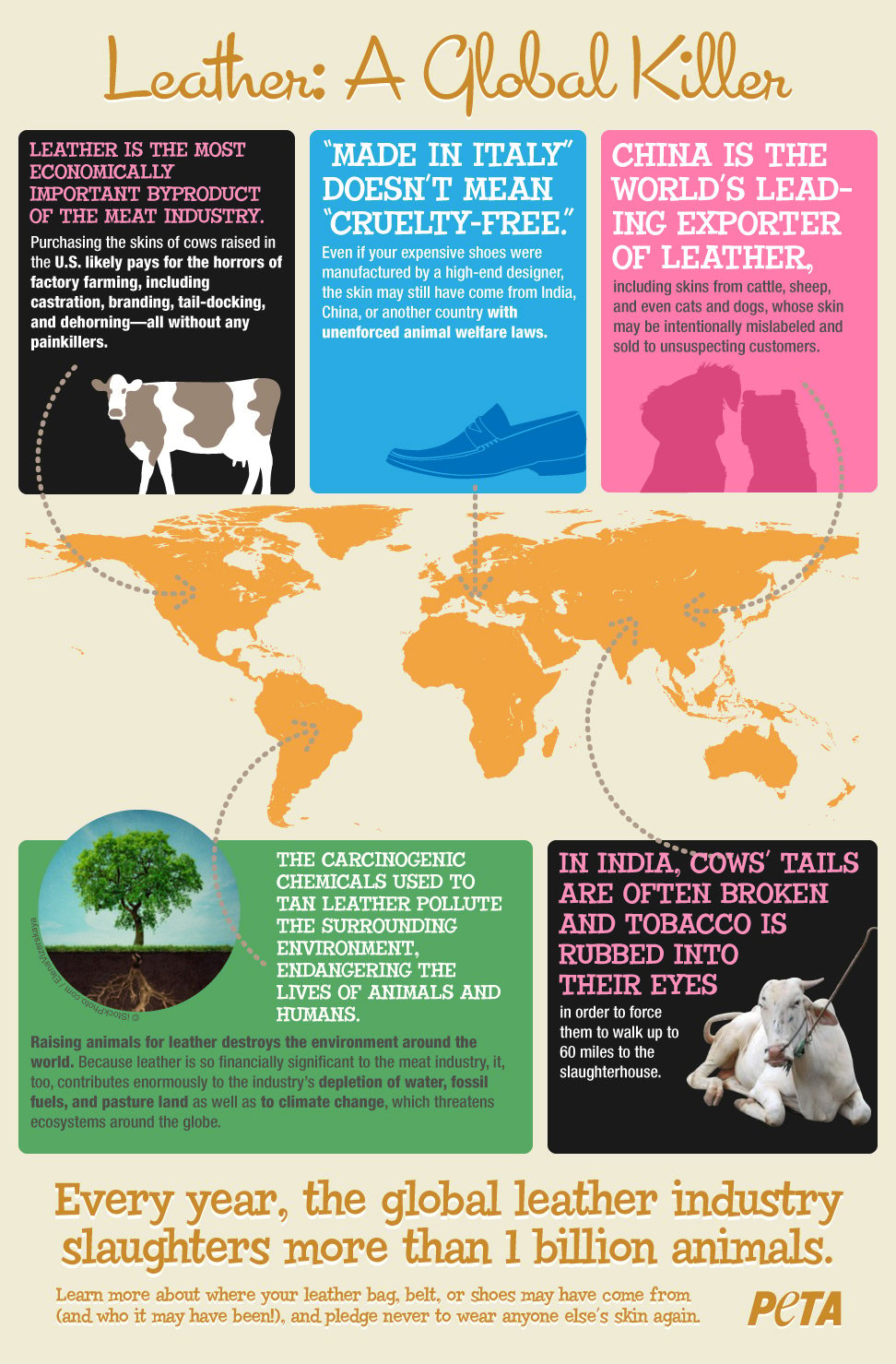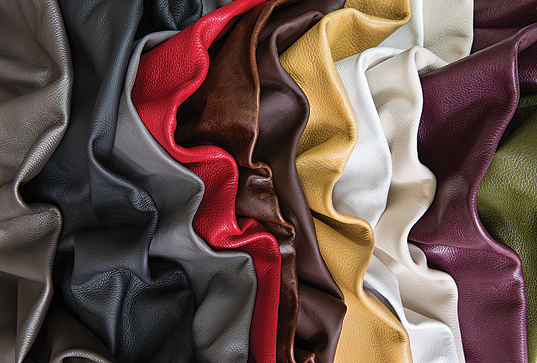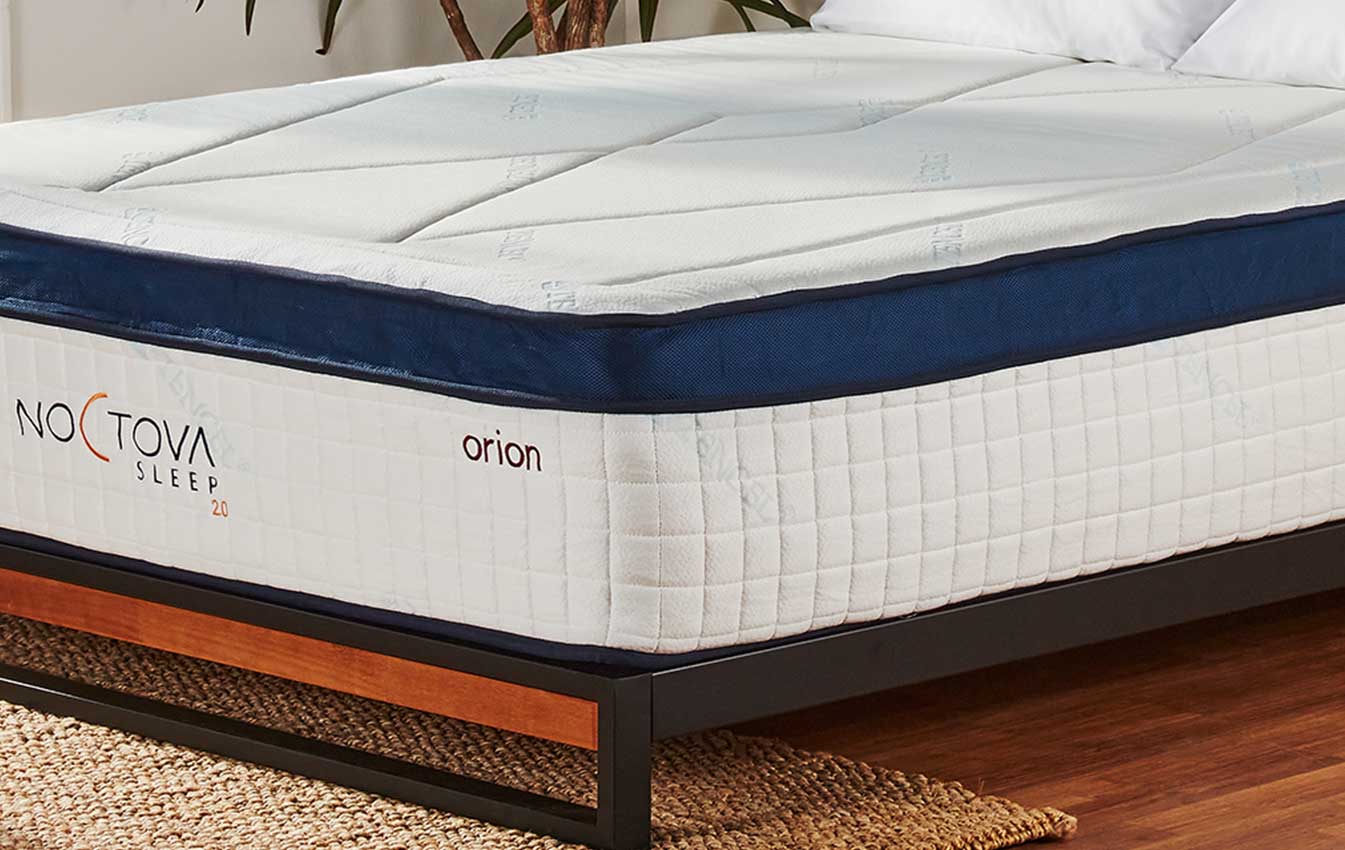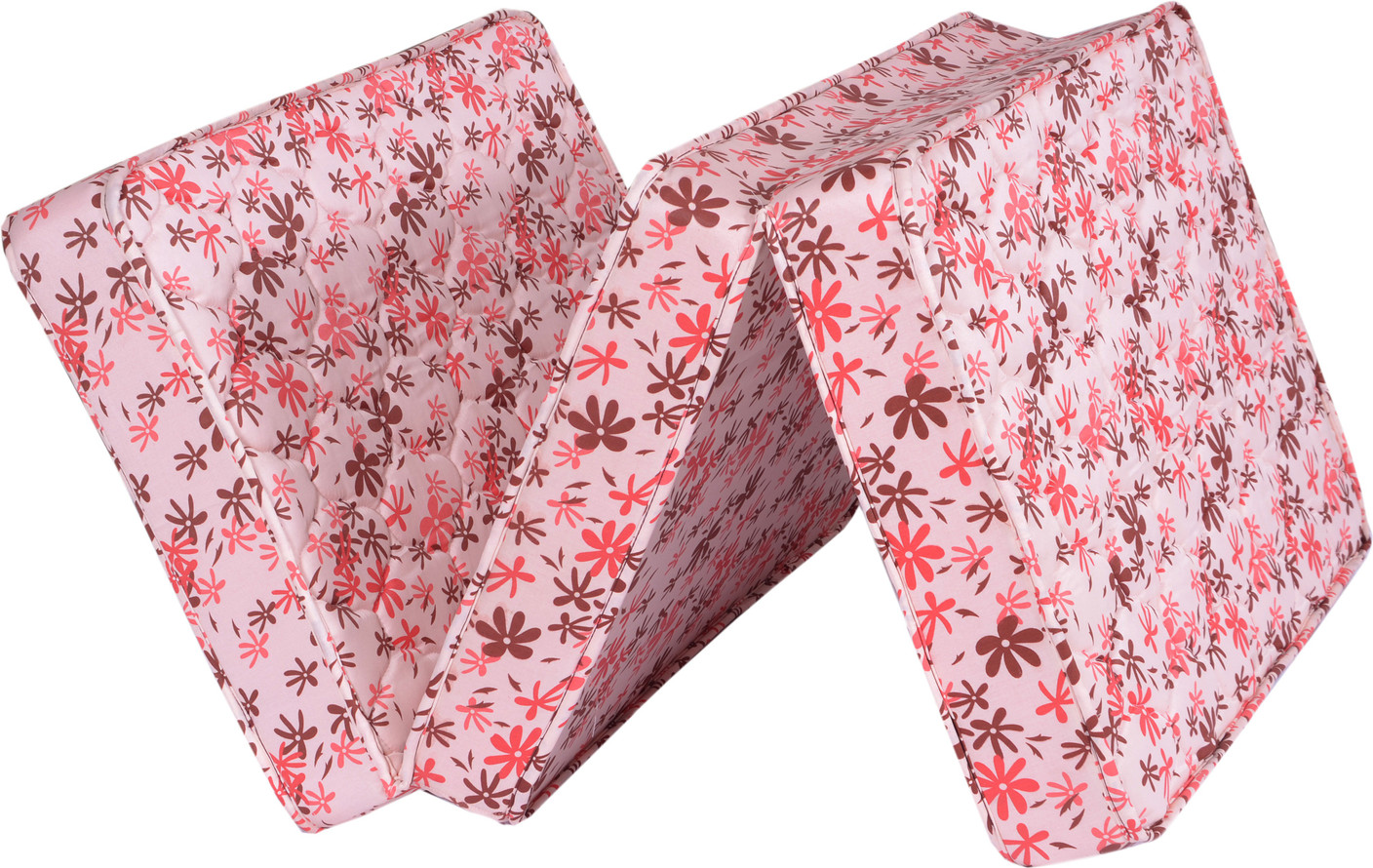Leather vs Leatherette: What's the Difference?
When it comes to choosing a sofa, one of the most important decisions to make is the material. Two popular options are leather and leatherette, but what exactly is the difference between the two? Let's take a closer look at the main differences between leather and leatherette sofas.
Leather vs Leatherette Sofas: Which is Better?
The answer to this question ultimately depends on personal preference and priorities. Both leather and leatherette have their own unique qualities and features that make them desirable in their own ways. Let's dive deeper into the pros and cons of each material to help you make a more informed decision.
Leather vs Leatherette: Pros and Cons
Leather Pros: Genuine leather is a natural material that is known for its durability and longevity. It is also resistant to stains and spills, making it a great option for families with children or pets. Leather has a luxurious and timeless look that can elevate the style of any room.
Leather Cons: The main downside of leather is its high cost. It can also be prone to scratches and may require special cleaning products and regular maintenance to keep it looking its best.
Leatherette Pros: Leatherette, also known as faux leather or vegan leather, is a synthetic material that is designed to mimic the look and feel of real leather. It is significantly cheaper than genuine leather and is also easier to clean and maintain. Leatherette is also available in a wider range of colors and patterns.
Leatherette Cons: While leatherette may look and feel similar to leather, it is not as durable and may not last as long. It is also not as breathable as leather, which can make it uncomfortable to sit on for extended periods of time.
Leather vs Leatherette: Durability Comparison
When it comes to durability, leather is the clear winner. Genuine leather is a natural material that is known for its strength and resilience. It can withstand wear and tear for many years and still maintain its quality and appearance. On the other hand, leatherette is a synthetic material that may start to crack or peel over time, especially with frequent use.
Leather vs Leatherette: Maintenance and Care
In terms of maintenance and care, leather and leatherette have different requirements. Leather needs to be cleaned with specialized products and should be conditioned regularly to keep it from drying out and cracking. Leatherette, on the other hand, can be wiped clean with a damp cloth and does not require any special treatments. This makes leatherette a more low-maintenance option for those who want a hassle-free sofa.
Leather vs Leatherette: Cost Comparison
As mentioned earlier, leather is significantly more expensive than leatherette. Genuine leather is a luxury material that comes with a higher price tag, while leatherette is a more budget-friendly option. This is something to consider when making your decision, as leather sofas can cost thousands of dollars, while leatherette sofas can be found for a few hundred.
Leather vs Leatherette: Comfort and Feel
Comfort is another important factor to consider when choosing between leather and leatherette. Leather is a natural material that is soft and supple, making it comfortable to sit on for long periods of time. Leatherette, on the other hand, can feel stiff and may not have the same luxurious feel as leather. It also does not have the same breathability as leather, which can make it uncomfortable in warmer weather.
Leather vs Leatherette: Environmental Impact
When it comes to the environment, leatherette may seem like the more sustainable option since it is not made from animal products. However, leatherette is still a synthetic material that is not biodegradable and can release harmful chemicals during production. Leather, on the other hand, is a natural material that can biodegrade over time.
Leather vs Leatherette: Style and Design Options
Both leather and leatherette offer a wide range of style and design options to choose from. Leather sofas are available in various colors and finishes, including full-grain, top-grain, and bonded leather. Leatherette, on the other hand, can come in a variety of colors, patterns, and textures, giving you more flexibility in terms of design and customization.
Leather vs Leatherette: Which is More Sustainable?
While leatherette may seem like the more environmentally-friendly option, leather is actually the more sustainable choice. Genuine leather is a natural material that can last for many years and can even be recycled or repurposed. Leatherette, on the other hand, is a synthetic material that is not biodegradable and can contribute to pollution and waste in landfills.
In conclusion, both leather and leatherette have their own unique qualities and features that make them desirable. Ultimately, the decision between the two will come down to personal preference, budget, and priorities. Consider the pros and cons of each material and choose the one that best fits your needs and lifestyle.
The Durability Factor
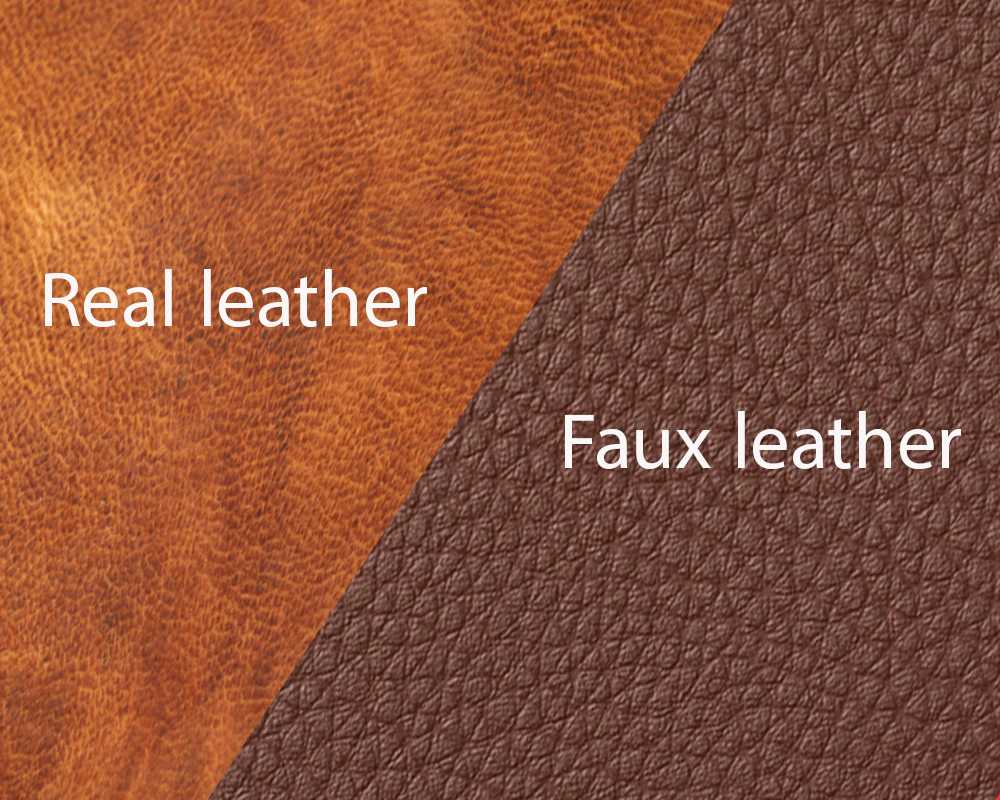 When it comes to choosing a sofa, durability is a crucial factor to consider. After all, you want a piece of furniture that can withstand everyday use and still look good for years to come. And this is where the difference between leather and leatherette sofas becomes apparent.
Leather
is known for its durability and longevity. It is a natural material that is strong and resilient, making it a popular choice for furniture. Unlike other materials, leather can withstand wear and tear, as well as spills and stains. It also develops a beautiful patina over time, giving it a unique character.
On the other hand,
leatherette
is a synthetic material that is made to mimic the look and feel of leather. While it may be more affordable, it is not as durable as real leather. With regular use, leatherette can start to crack and peel, especially in areas that are frequently used. It is also more prone to stains and may require more maintenance to keep it looking new.
When it comes to choosing a sofa, durability is a crucial factor to consider. After all, you want a piece of furniture that can withstand everyday use and still look good for years to come. And this is where the difference between leather and leatherette sofas becomes apparent.
Leather
is known for its durability and longevity. It is a natural material that is strong and resilient, making it a popular choice for furniture. Unlike other materials, leather can withstand wear and tear, as well as spills and stains. It also develops a beautiful patina over time, giving it a unique character.
On the other hand,
leatherette
is a synthetic material that is made to mimic the look and feel of leather. While it may be more affordable, it is not as durable as real leather. With regular use, leatherette can start to crack and peel, especially in areas that are frequently used. It is also more prone to stains and may require more maintenance to keep it looking new.
Which is Better?
 The answer to this question ultimately depends on your personal preference and lifestyle. If you want a sofa that will last for years and can handle everyday use, then leather is the way to go. But if you are on a budget and don't mind replacing your sofa after a few years, then leatherette may be a more suitable option.
In terms of maintenance, leather requires minimal care, while leatherette may need more attention to prevent it from cracking and peeling. Additionally, leatherette may not develop the same natural patina that leather does, which some people may prefer.
In the end, both leather and leatherette have their pros and cons when it comes to durability. Consider your lifestyle and budget when making your decision and choose the material that best fits your needs.
The answer to this question ultimately depends on your personal preference and lifestyle. If you want a sofa that will last for years and can handle everyday use, then leather is the way to go. But if you are on a budget and don't mind replacing your sofa after a few years, then leatherette may be a more suitable option.
In terms of maintenance, leather requires minimal care, while leatherette may need more attention to prevent it from cracking and peeling. Additionally, leatherette may not develop the same natural patina that leather does, which some people may prefer.
In the end, both leather and leatherette have their pros and cons when it comes to durability. Consider your lifestyle and budget when making your decision and choose the material that best fits your needs.
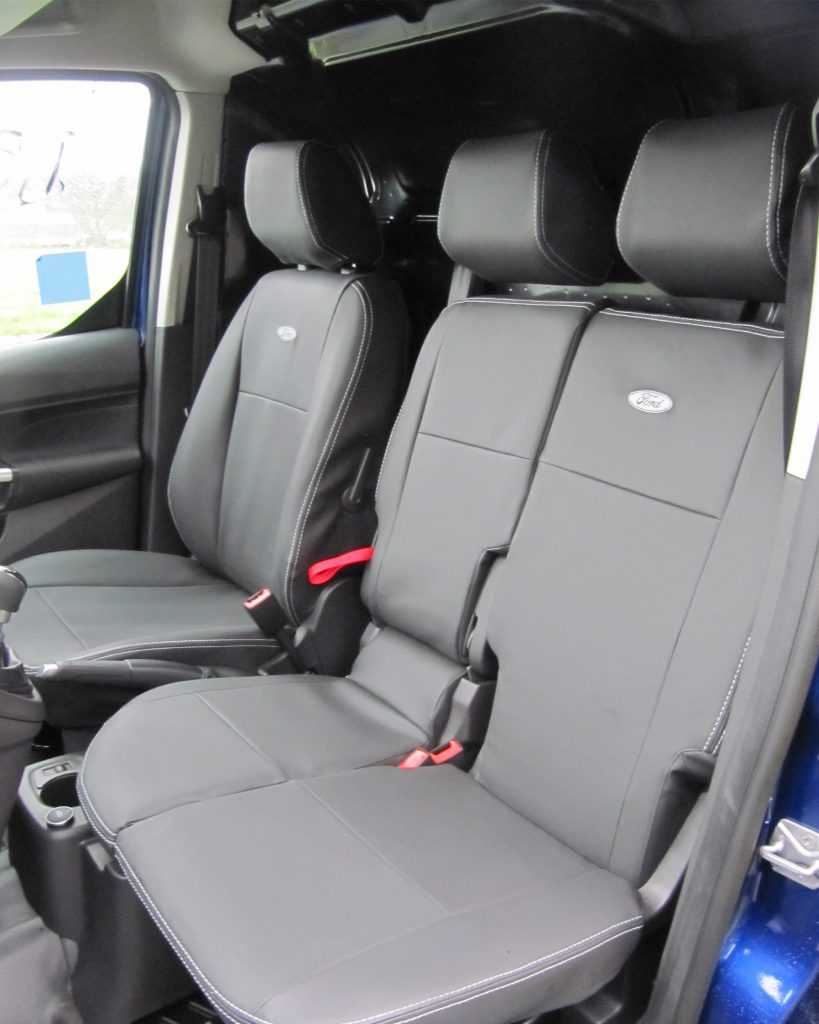


/filters:quality(70)/2021-03-10-Leather-vs-Leatherette-CDN.png)
